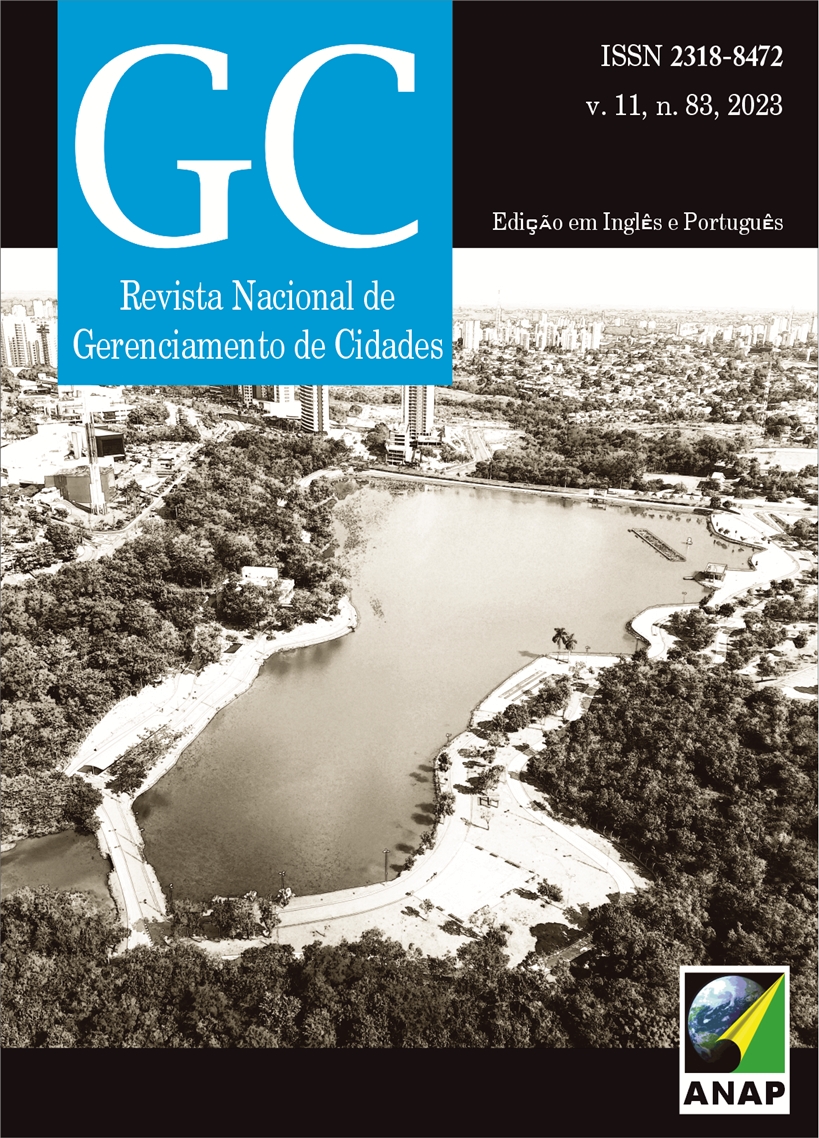Study of Mobility Patterns in Metropolitan Region of Campinas, São Paulo, Brazil
DOI:
https://doi.org/10.17271/23188472118320233738Palavras-chave:
Mobility. Metropolitan Region of Campinas. Mobility patterns.Resumo
The current model of Brazilian cities dependent on individual transport and the low coverage of collective systems in metropolitan regions has generated problems that make it difficult for the population to move and increase pollutant emissions into the atmosphere. This article aims to analyze mobility patterns and relate them to infrastructures and the urbanization process of the Metropolitan Region of Campinas (RMC). For methodological purposes, consultations were carried out on legislation, integrated urban development plans, master plans, metropolis statute and bibliographic review of scientific works on the themes, as well as a survey of the results of the Origin Destination Research, carried out in the region in 2011 and the use of geotechnologies (GIS). After document analysis and the calculation of indicators, it was identified that the pattern of urban-spatial organization in the region presents a strong socioeconomic polarization that directly affects mobility patterns and the absence of integration of public transport systems.
Downloads
Downloads
Publicado
Edição
Seção
Licença

Este trabalho está licenciado sob uma licença Creative Commons Attribution-NonCommercial-ShareAlike 4.0 International License.














